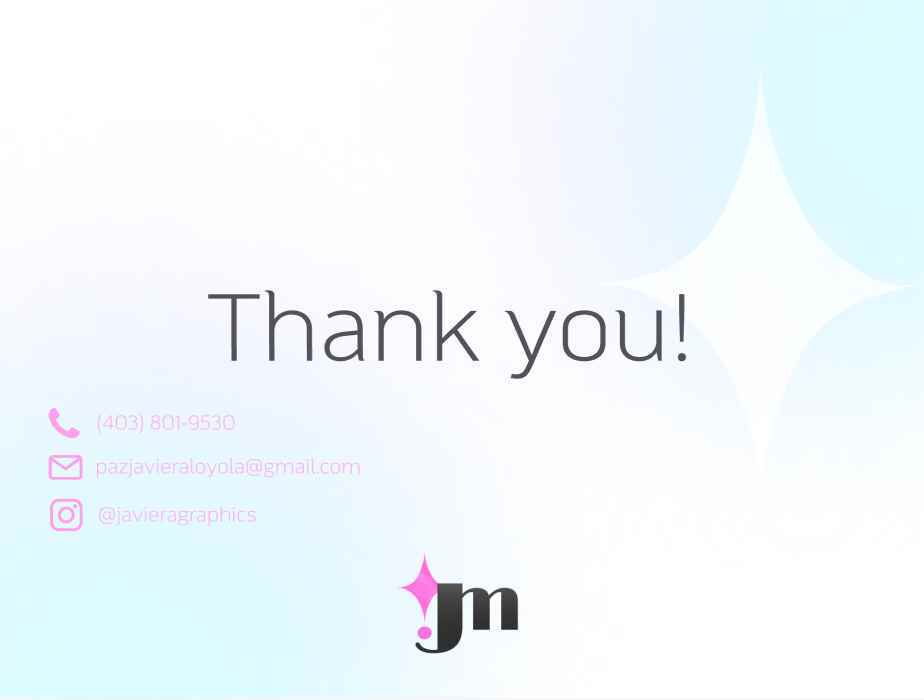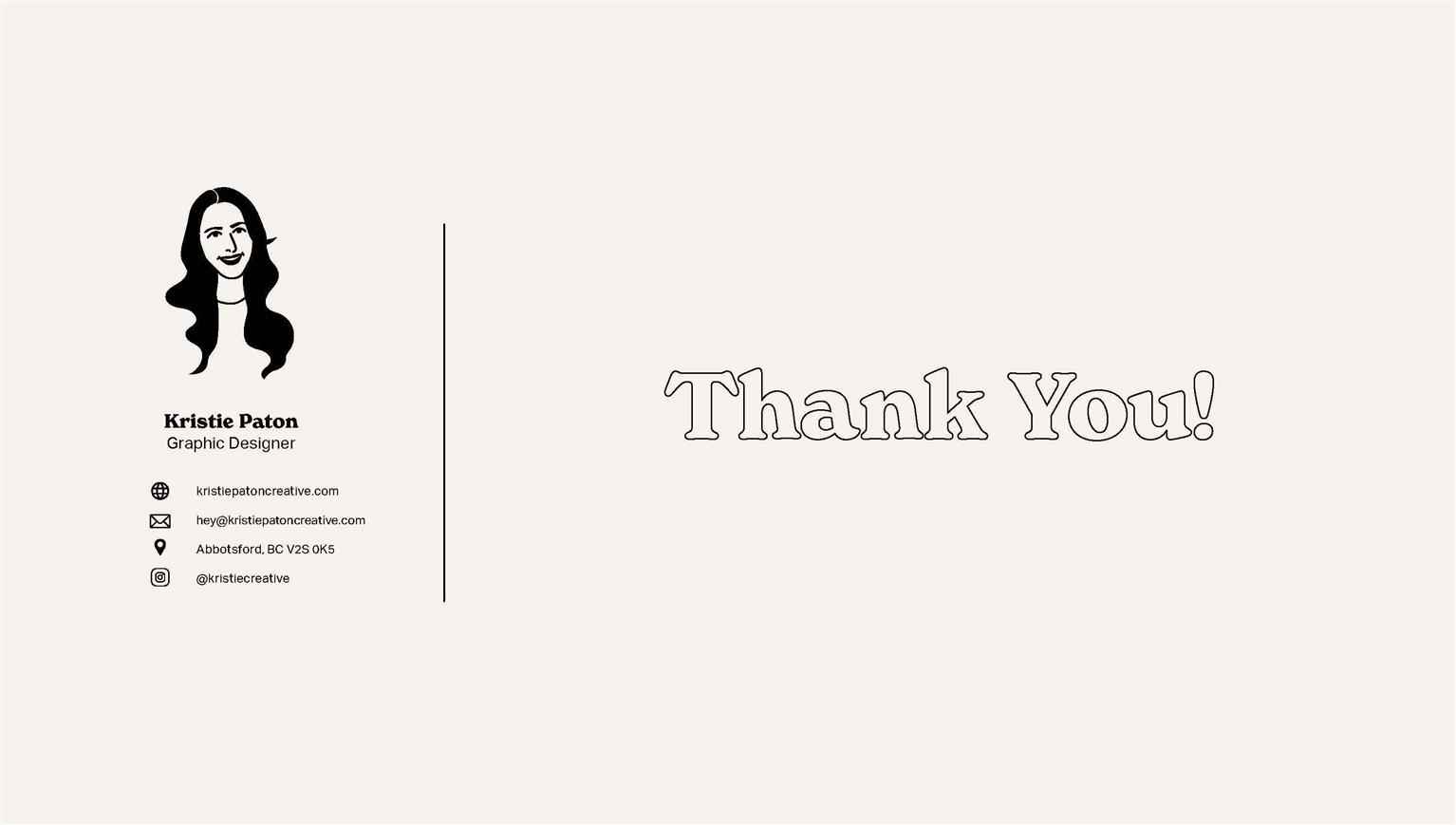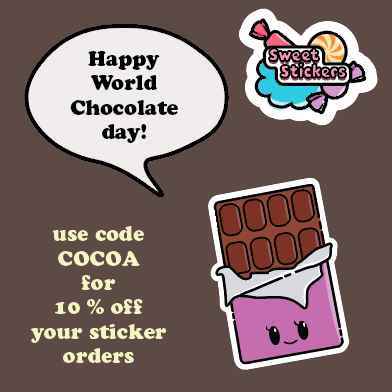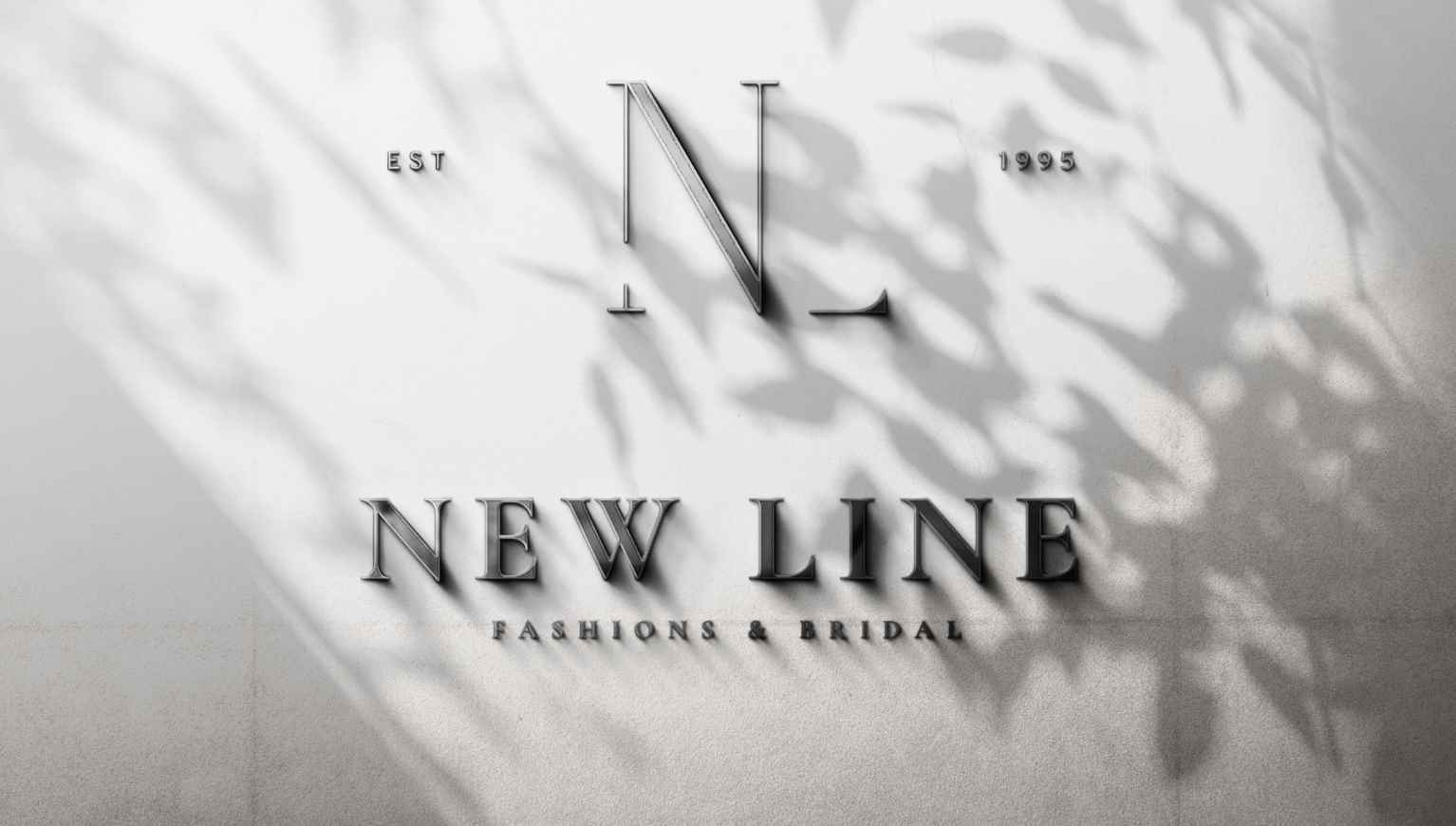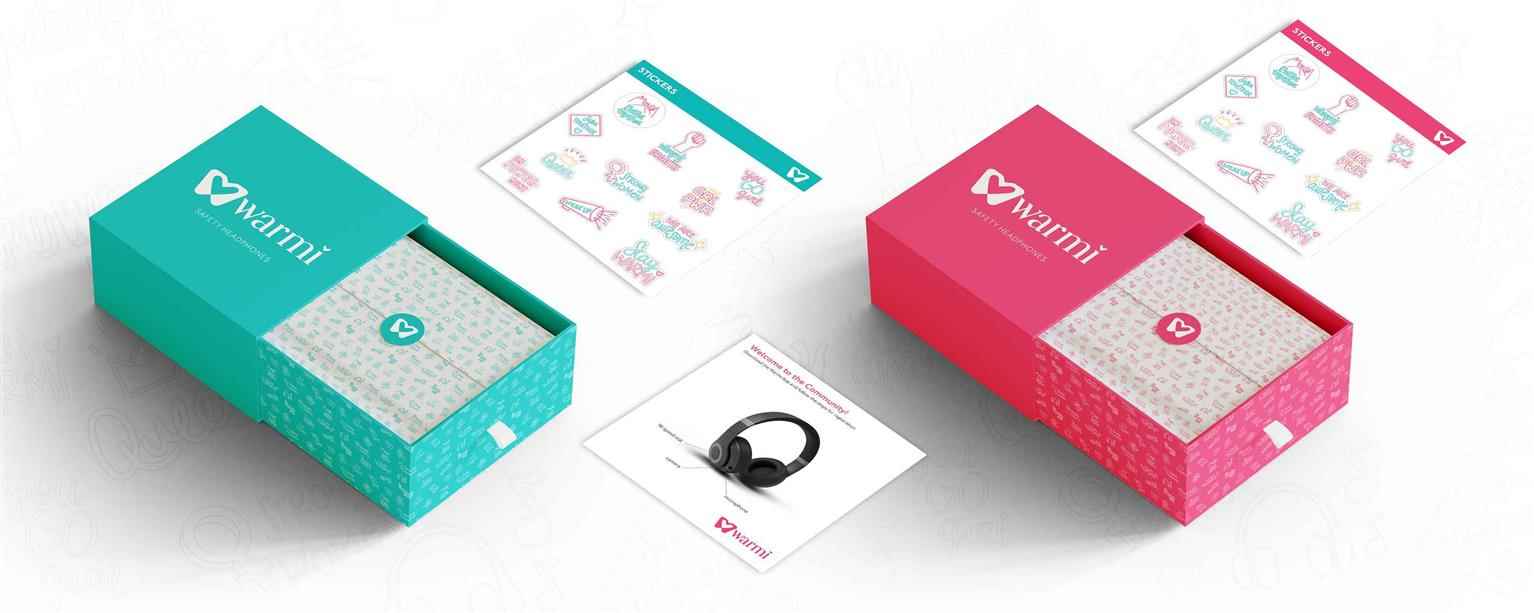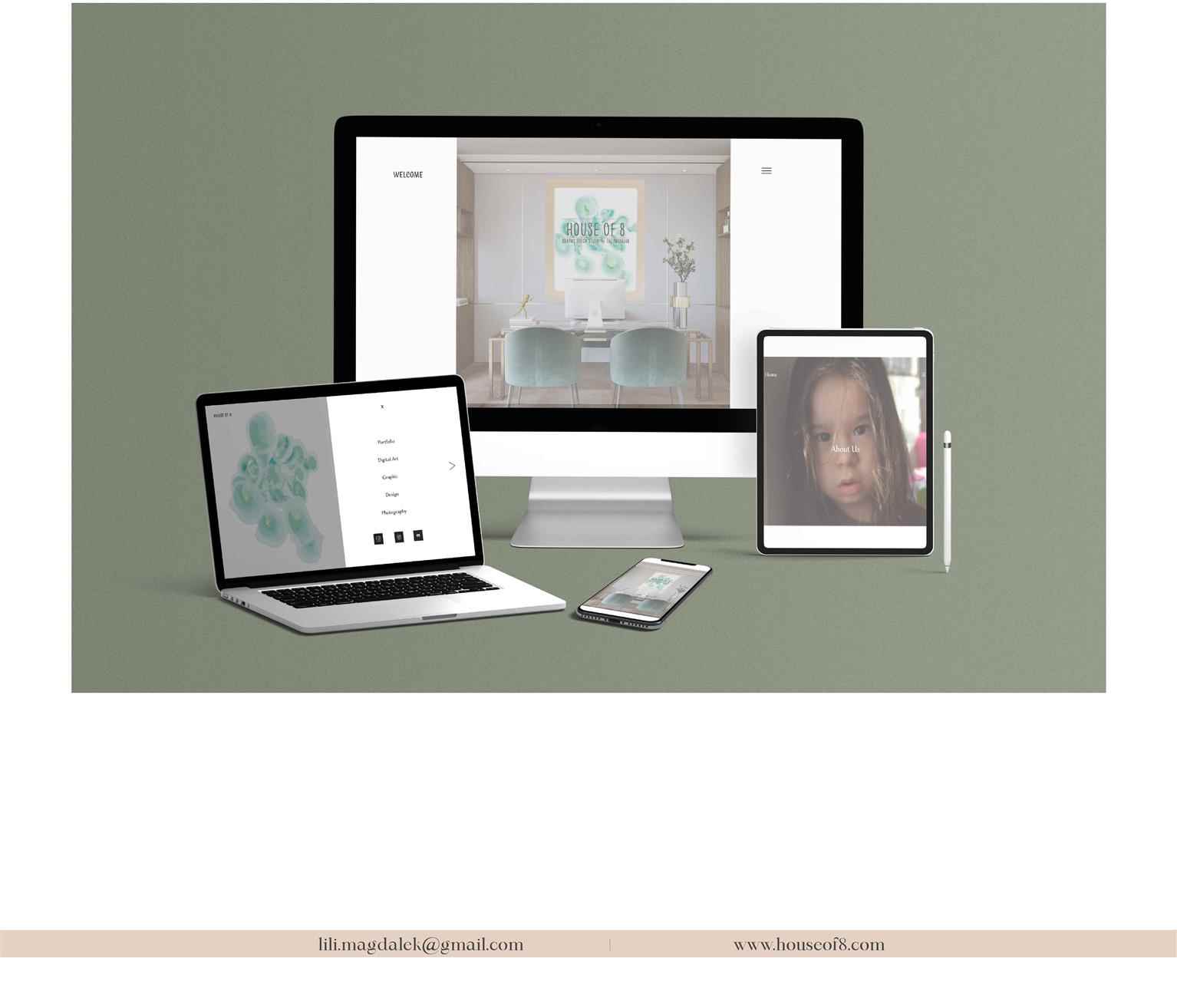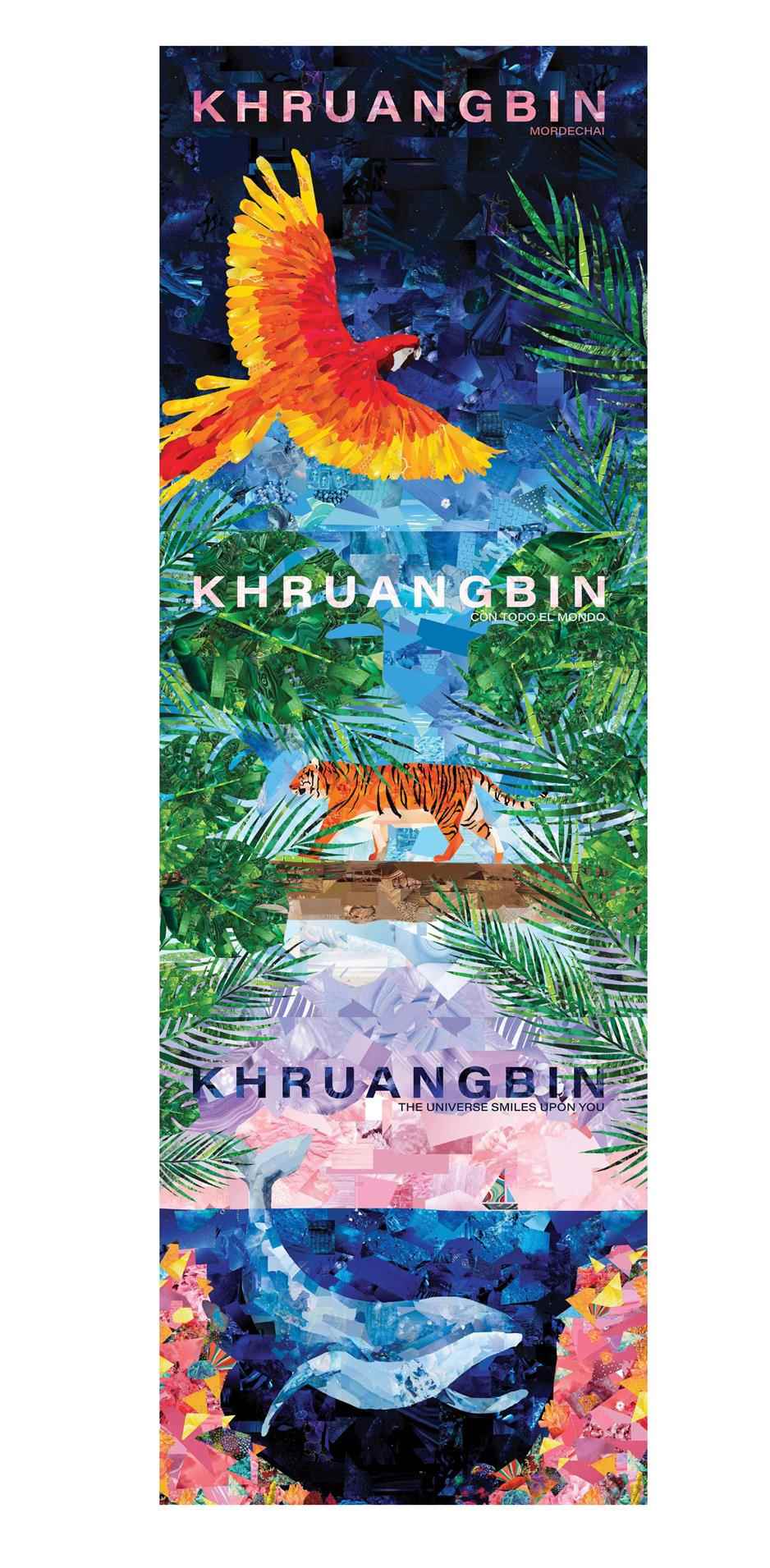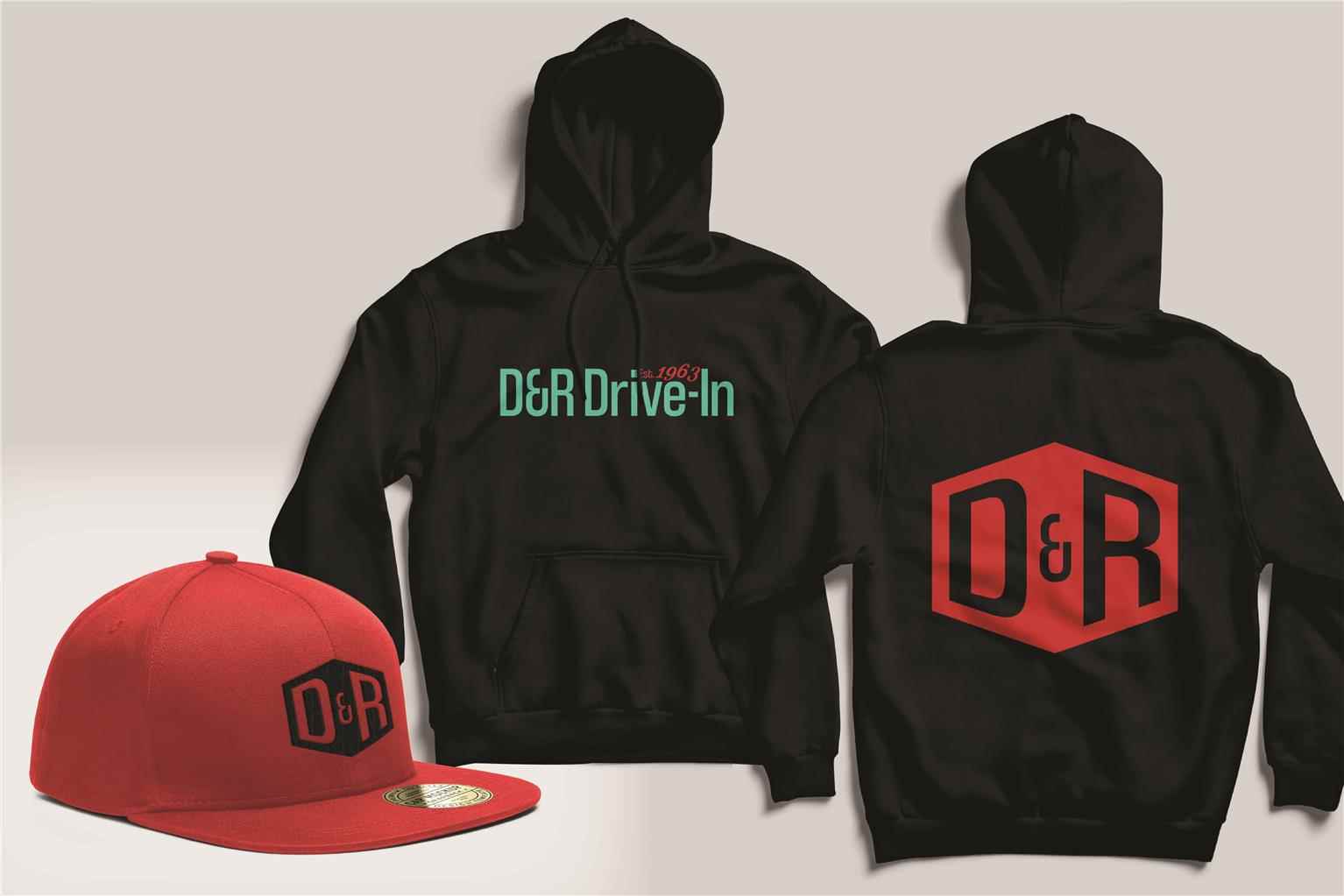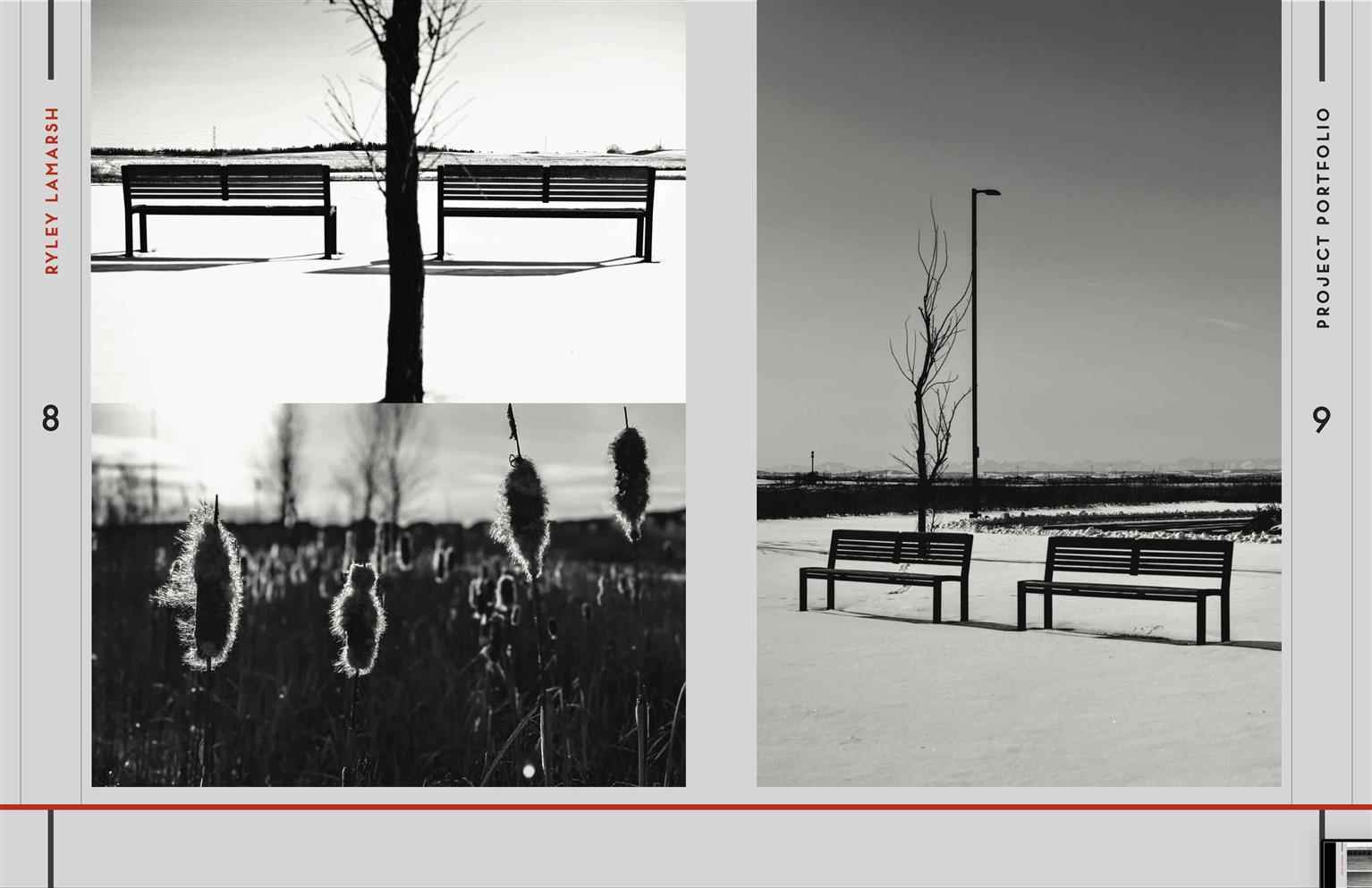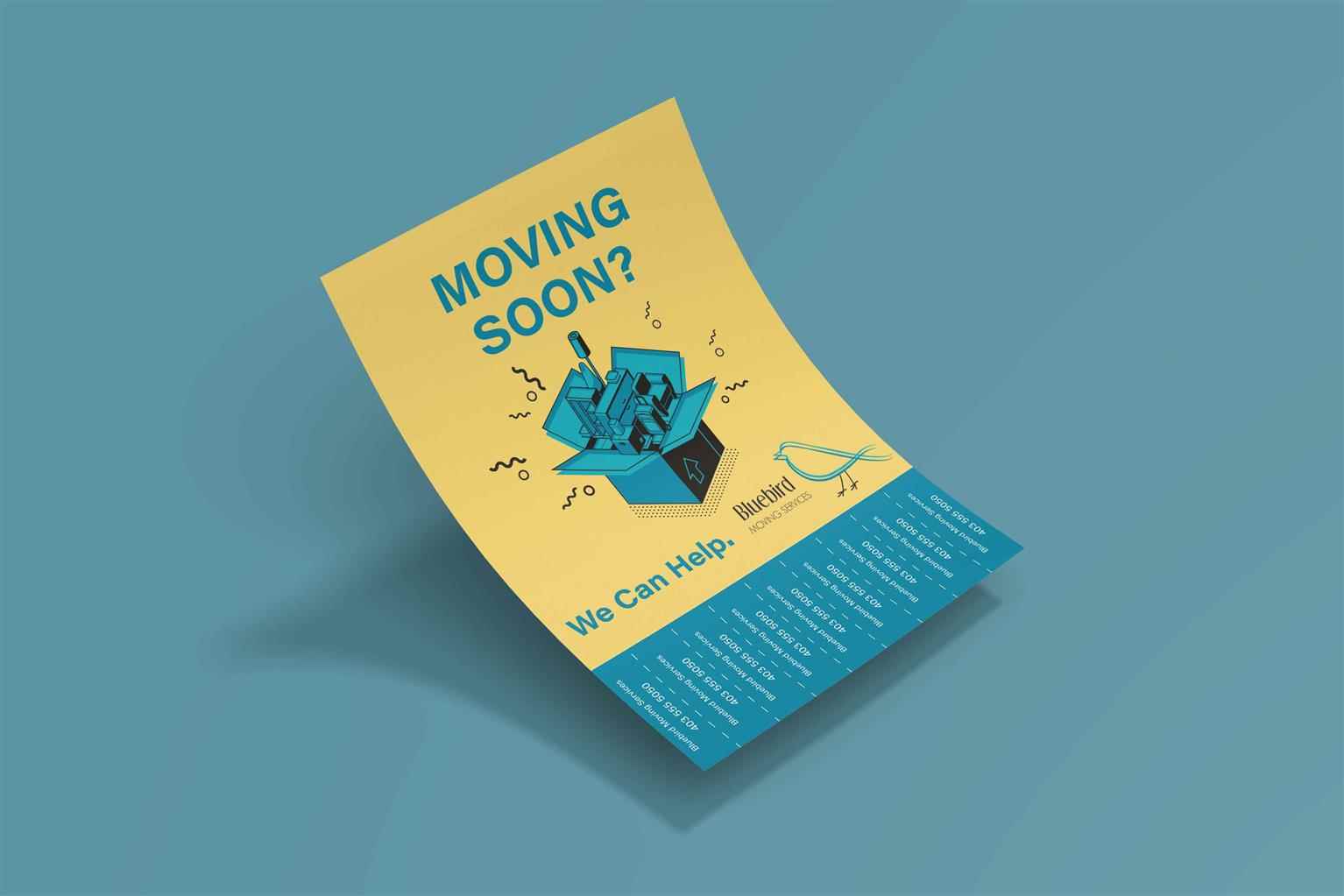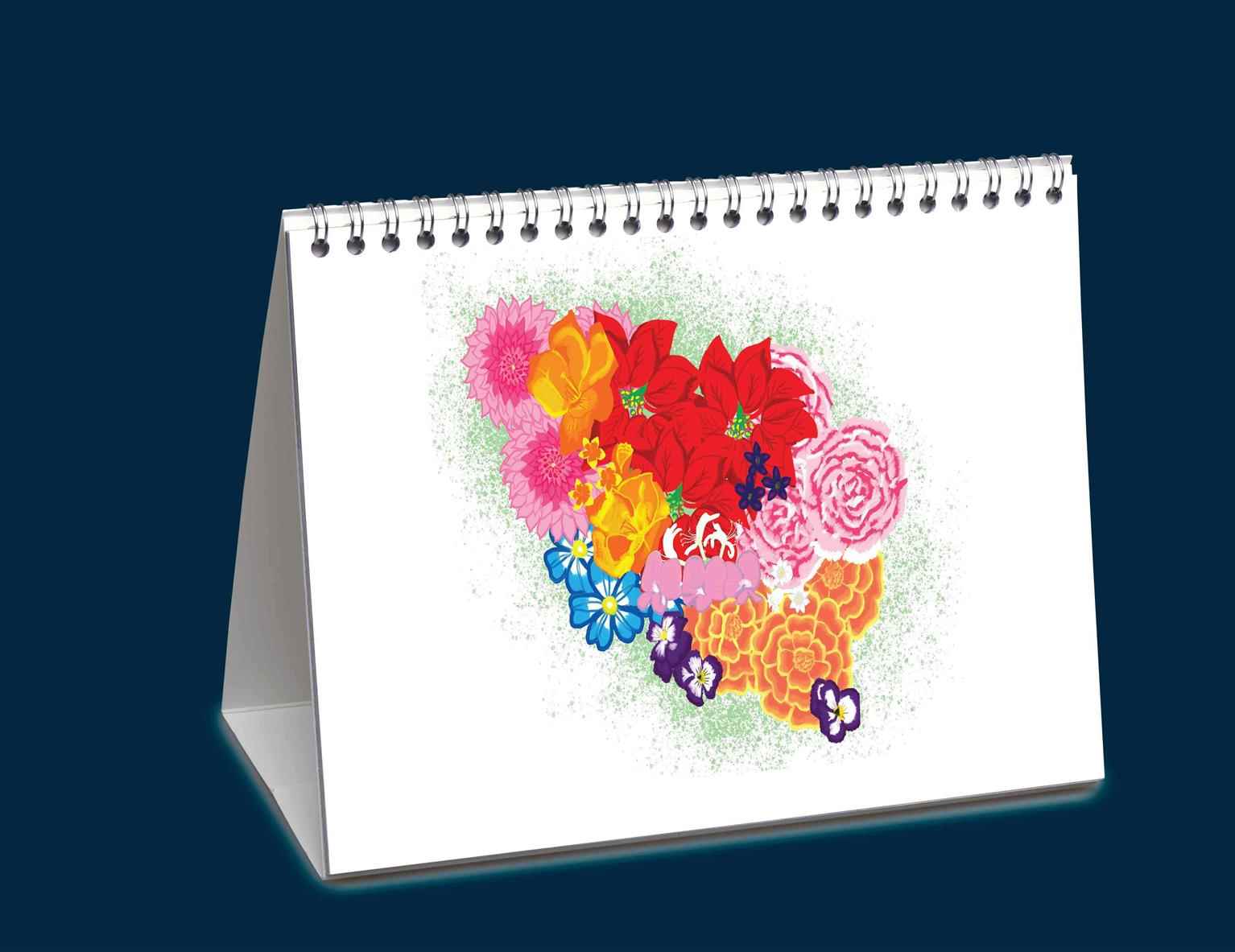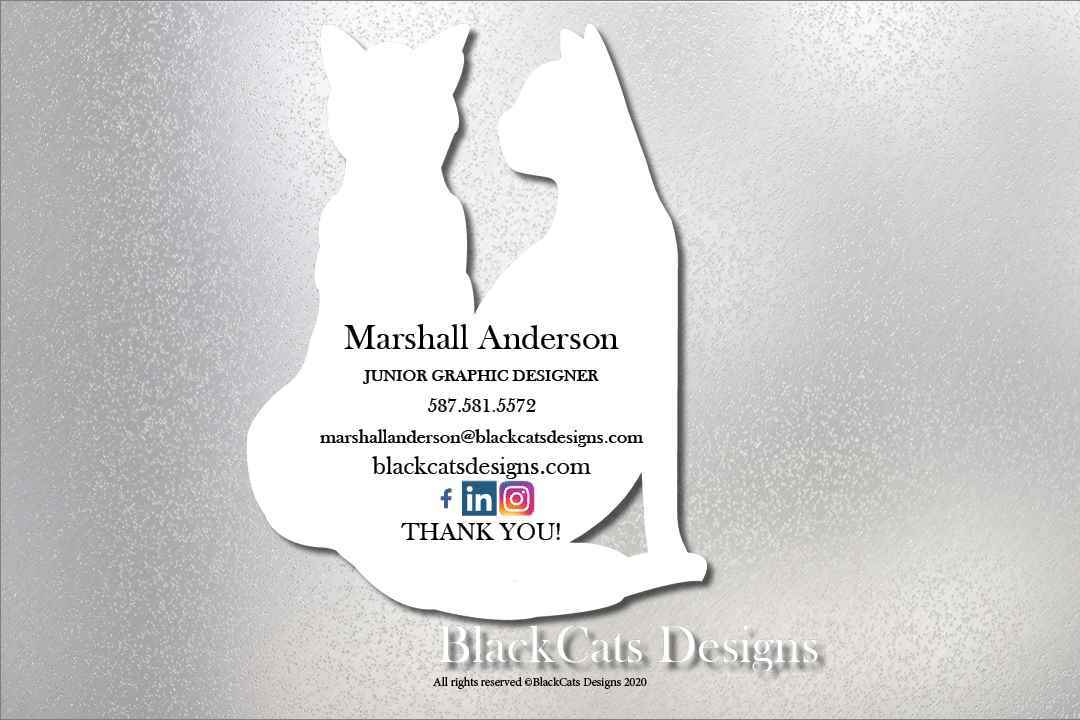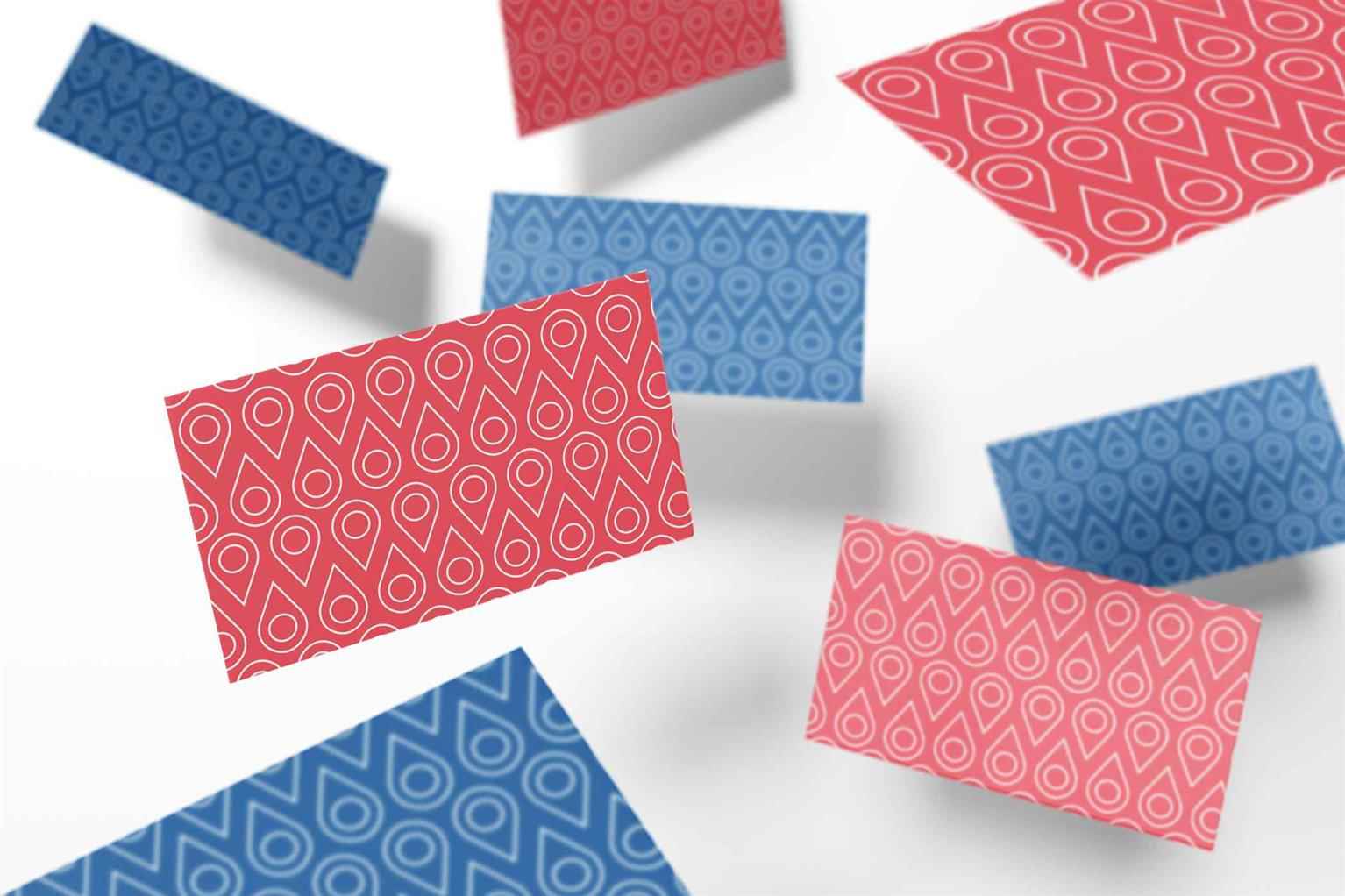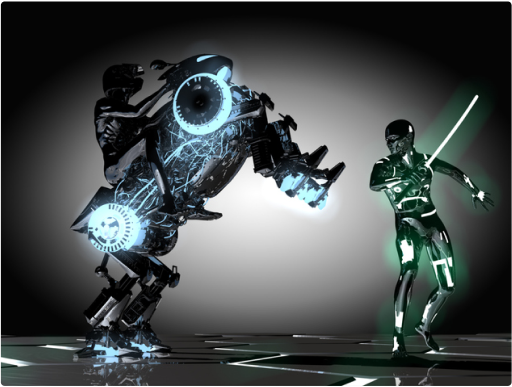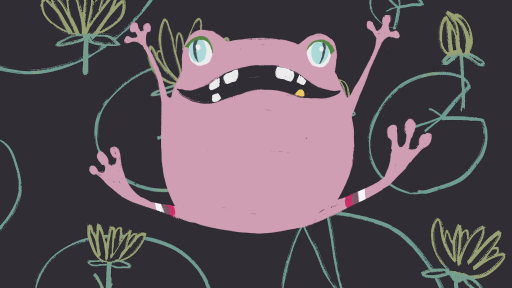Graphic
Design-
Success
Thousands of grads working in art and design. -
Experienced Instructors
Learn from instructors who work in the industry. -
Endless Opportunity
Use your skills anywhere in the world.
-
Diploma
-
60 Weeks
-
online
Program Overview
To succeed in graphic design, you need to be able to support your talent and drive with highly-focused and hands-on design education. VCAD's graphic design program gives you the knowledge, skills and professional connections you need to launch your career in graphic design.
We cover all the basis from colour theory, drawing and typography to standard software used in the industry— this program will teach you the theoretical and practical skills you need to turn your creative ideas into reality. Students will build a portfolio of designs for packaging, advertising, publications, websites and branding.
Graduates of this program will have the confidence, skills, and portfolio to apply for graphic design jobs in any industry.
JOB OPPORTUNITIES
- Graphic Designer A Graphic Designer is responsible for conveying messaging through a combination of imagery and text for advertising, print, web, and packaging.
- Illustrator Illustrator draws and creates imagery for print, publishing, web and advertising.
- Artist Artists are creative by trade, responsible for expressing themselves or conveying ideas through sculptors, illustration, film, poetry, and much more.
- Medical or Scientific Illustrator Medical or Scientific Illustrator creates medical imagery to help record and educate relative medical and anatomical information.
- Layout Designer Layout Designer works with graphic designers to create the ideal layout for print.
- Page Designer Page Designer designs content and spreads for publication.
- Graphic Artist Graphic Artist is responsible for promoting an idea or story through imagery.
- Advertising Designers Advertising Designers are responsible for creating ad campaigns to increase sales or awareness through design, layout and messaging.
- UX/UI Designers UX/UI Designers are responsible for defining users' experience through every interaction with a company, primarily the interfaces that the consumers interact with.
SKILLS GAINED
- Propose creative solutions to design problems.
- Communicate ideas using color.
- Create digital graphics and illustrations.
- Determine the appropriate media based on project requirements.
- Manage project and time constraints.
- Optimize the readability of typography.
- Visually assess photographic images on quality and effectiveness.
- Produce graphic documents of high resolution.
- Ensure the technical and design quality of a graphic design solution.
- Process digital images using appropriate software.
- Produce single and multi-page layouts using the appropriate software.
- Create a fully functional website.
- Evaluate the appropriate materials, tools, techniques and concepts required to produce an effective design solution.
Courses Timeline
Your program begins with teaching you the fundamental skills necessary for your future in design. These traditional, digital and informational skills give you a strong foundation in colour theory, history and application basics — all focused on building your skills and knowledge to succeed in the fashion industry.
Now we build on the basic skills we have developed. We continue to build upon these foundational skills. You build up skills in typography, photography, and concept design.
You continue to expand your skill set. You learn the fundamentals of the design process and start to see it executed in your work. Technology becomes more important as we move our work onto our computers. We use many programs to give you industry experience and teach you how to design at higher levels.
Now you have the tools and skills to ideate and execute your designs. We introduce you to web design programs and more software where you learn how to use these tools to create conceptual designs and portfolio pieces.
Term 5 is about applying them and building your vision from scratch to execution. We start building your portfolio and professional development.
- Term 1
- Term 2
- Term 3
- Term 4
- Term 5
-
Drawing I
This course develops students' perceptual and descriptive skills through drawing media, techniques and subject matter by focusing on elements and organization principles of drawing. Students will learn contour lines, positive & negative space, perspective, sighting of angles and measurements of relationships. By mastering basic skills and experimenting with techniques and materials, students will begin to explore creative expression beyond preconceived boun...
-
Photoshop I
Through this 'hands-on' course, the student will learn the fundamentals of design, advanced features and tips to prepare images for digital output and print. By the end of this course, the student will be able to create, modify, and enhance sophisticated images using raster editing tools and features; craft special effects; work in 3D space; and prepare files for export to various applications in web, mobile, print, and manufacturing.
-
Colour & Design
Understanding colour and design principles through exploration and application across media, visual, and applied design genres. This course will introduce students to the fundamental principles of colour theory through design, such as layout, composition, balance, colour science as well as a diverse range of colour theories, and how to employ them creatively. These concepts will be reinforced through specific practical exercises, and activities that will serve to d...
-
Illustrator I
This course introduces the students to vector image editing using Adobe Illustrator. By the end of this course, the student will be able to create, modify, and enhance vector artwork, craft special effects, work in 3D space, and prepare files for export to variations applications in web, mobile, print, and manufacturing.
-
Applied Graphic Design History
This curriculum explores the various periods of art and design history to look closely at design initiatives and themes by taking students on a journey from the modern to contemporary period (1789 - now). This course breaks the history of design and communication solutions into five pillars: symbols, lettering, type, composition, and style via the production of living history and defines design thinking with the Three Cs: Concept, Creative and Context.
-
Typography
This course examines letterforms, fonts, type, and typography. Students will learn how typography evolved from basic symbols to the present-day's sophisticated fonts and letterforms. Students will discover the fundamentals of working with type, including the components, typographic measurement units, and typefaces for classical and modern fonts. Outcomes will demonstrate the potential of innovative typography, the functional foundation, and its place and import...
-
Digital Photography
This course combines technical lessons in digital cameras and related technology with the direction needed to craft bespoke outcomes and beautiful imagery. Students will develop compositional, photo-illustrative skills to capture public narratives and editorial records. As students develop technical skills, creative approaches and applications for photography will be pursued and utilized in final advanced design solutions such as advertising, product photography, a...
-
Life Drawing I
This course will lay the foundation for a robust understanding of anatomy for applied illustration purposes. Topics emphasize a variety of figure drawing techniques applicable to both human, and animal morphology, helping to tie the subject matter into later 3D, and illustration expectations.
-
Concept Development
This course will apply human-centred design to frame learning and develop solutions to design problems, emphasizing the various techniques and tools used in design thinking, conceptualizing, ideating, and processes. Through projects exploring UI/UX and creative fluidity, students will learn to integrate research, problem-solving, project development, and critical thinking techniques to develop solutions to design challenges while focusing on the audience and user e...
-
Electronic Design I
This course explores the importance of workflow, technique, and technical construction methods in digital layout design by application of layout, grids, typography, and information design. Additionally, students will learn automation workflows, the design criteria for print, interactive, online, and mobile design applications, and their integration. This course balances a robust understanding of professional workflows, project, and file management, with information...
-
Photoshop II
This course explores raster-design software where students learn photo editing techniques, mobile design, and video and 3D editing. This course addresses new technical skills while focusing on understanding and seeing the problems that hold digital artists back from creating beautiful and believable works. Assignments will explore the development processes, design thinking, briefs, presentations, and project reports.
-
Publication Design
Through wireframing, planning, style guidelines, single, and multi-page documents, master layout pages, colour palettes, libraries, style sheets, tables, and charts, this course focuses on the design of publications that combine grids, types, graphics, and colours through art direction processes while addressing commonplace printing and publication challenges, design conceptualization, ideation for various outputs, topics, and audiences.
-
Electronic Design II
This course explores the criteria for the print, interactive, online, and mobile design applications and their integration by balancing a robust understanding of professional workflows, project, and file management, with a variety of applied uses touching on information visualization, style guides, rule books, and other requirements for the development of professional quality and technique-focused projects.
-
Packaging Design
This course introduces the fundamentals of package design including the typical package materials, processes, decisions, and production of a package — including current trends and concerns surrounding packaging. Through case studies, students will learn to combine creative design concepts and materials to develop packaging solutions that focus on user experience.
-
Corporate Design
This studio-driven course explores the components of developing branding or corporate identity systems from the perspective of small local identities to large international brands. Students will learn the processes and considerations that impact the design of corporate logos, colour selection, type, symbols, branding elements, stationary, and other collateral elements through several case studies of prominent companies and brands and how graphic design influenced t...
-
Advertising Design I
This course focuses on branded storytelling and narratives for advertising and their integrability. Students will explore the relationship between graphic design and advertising through contemporary examples of promotion and marketing, target markets, consumerism, visual stimuli, advertising theories and strategies, product placement, and how they impact the design process. The course will explore some of the contemporary issues and challenges in design.
-
Experimental Media I
This course explores the production of interactive multimedia projects by designing animated prototypes. Students will prototype elements, components, and UI patterns within a graphical user interface, a combination of animation, audio, video, gesture control and navigation patterns and receive feedback using various input/output methods. Interface types will range from websites to native apps used in the game industry, education, simulators, computer-based trainin...
-
Illustrator II
This course focuses on professional-level vector illustration development covering a range of styles as determined by each student’s professional aspirations. Students learn technical competencies, art direction, market research, and creative approaches to vector design software. Additionally, students will apply knowledge of integrated software design to work fluidly between vector, raster, layout, and moving media software.
-
Web Development I
This course introduces the fundamentals of web site development. The students will learn about the structure, and components of code-based languages, and website programming. Students will learn to work with text, tables, tags, images, forms, and hyperlinks to design, and create a fully functional website.
-
Portfolio Development I
This course prepares students for the professional world by preparing them for job interviews and helping them compile and defend a first draft of their portfolio— demonstrating skills relative to a career in graphic design. Students are encouraged to identify a preferred skill set and style to polish and develop. Feedback will come in the form of industry, instructor and peer critique.
-
Advertising Design II
This course will explore the strategic role of graphic design in advertising. Students learn the relationship of context advertising through the current trends in promotion and marketing, establishing a target market, consumerism, visual stimuli, advertising theories and strategies, product placement, and how they impact the design process. Students will learn the importance of meeting deadlines, professional presentation, and attention to detail when designing adv...
-
Experimental Media II
In this course, students will build the skills to create interactive content in various outcomes, from animation to video production, projection mapping, application design, and augmented and virtual reality design. Students will continue to apply and learn the fundamentals of user interface design with applications and websites while understanding the functionality, standards, and patterns interface design requires within the context of experiential design.
-
Web Development II
This course will combine knowledge gained from earlier print, publication, web, and dynamic media courses to develop, manage, and produce a variety of electronic outputs with a focus on technical capacity and production management skills.
-
Portfolio Development II
This course will prepare students for graduation and their final portfolio and be able to explain and defend their portfolio and pieces to a panel of their peers, faculty, and industry via presentations, written defences, portfolios, and portfolio events. All portfolio components should demonstrate the student's mastery of the program's core competencies while highlighting the uniqueness of their work.
Costs & Requirements
- High school graduation or equivalent (From an English language teaching institution)
- OR Mature student status (19 years of age upon starting classes and passing the college’s admissions test.)
For tuition prices and costs, fill out the request info form to speak with an admissions representative.
VCAD's Refund Policy abides by the Private Training Regulation of the Private Training Institutions Branch (PTIB) Private Training Act.
For more information, click here.
Check out and connect with some Alumni on LinkedIn.
-
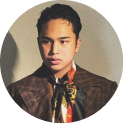 Noel Gabriel Ambrosio
2020
Noel Gabriel Ambrosio
2020
-
 Nikki
Katouzian
2022
Nikki
Katouzian
2022
-
 Dryden
Sereda
2022
Dryden
Sereda
2022
-
 Madison Prangnell
2020
Madison Prangnell
2020
-
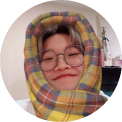 Tuong Kim Thuy Nguyen
2020
Tuong Kim Thuy Nguyen
2020
Student Testimonials
-
If it wasn't for VCAD I don't think I would be where I am today. I've had some amazing opportunities, I've met some wonderful people - amazing connections, and I'll be forever grateful.
- Sabrina Laprise -
The most important thing that I learned at VCAD was how to use software - graphic design software.
- Ewa Wawryszuk -
What drew me to the interior design program was that it was a creative industry and also that it's business oriented.
- Luc Kwan -
I chose VCAD because of all the options and programs that they offered, and I wanted to succeed and through not just my classes but also making like really cool things that I'm proud of.
- Luke Johnston -
The instructors are really helpful, even outside school projects. They gave me a lot of advice about improving my skills as a graphic designer.
- Maricel Benjamin -
The most valuable part of the program is the one on one time with the teachers. They are always willing to go out of their way to make sure you understand what you are doing.
- Katrina Selkirk
Portfolio
Learn from VCAD graduates what it's like to study Graphic Design
Meet our Instructors
-

Sean Stubbs
Graphic Design
Explore More Programs
Would you like to get more information or apply?
Click on the button below and we’ll get back to you as soon as possible.
